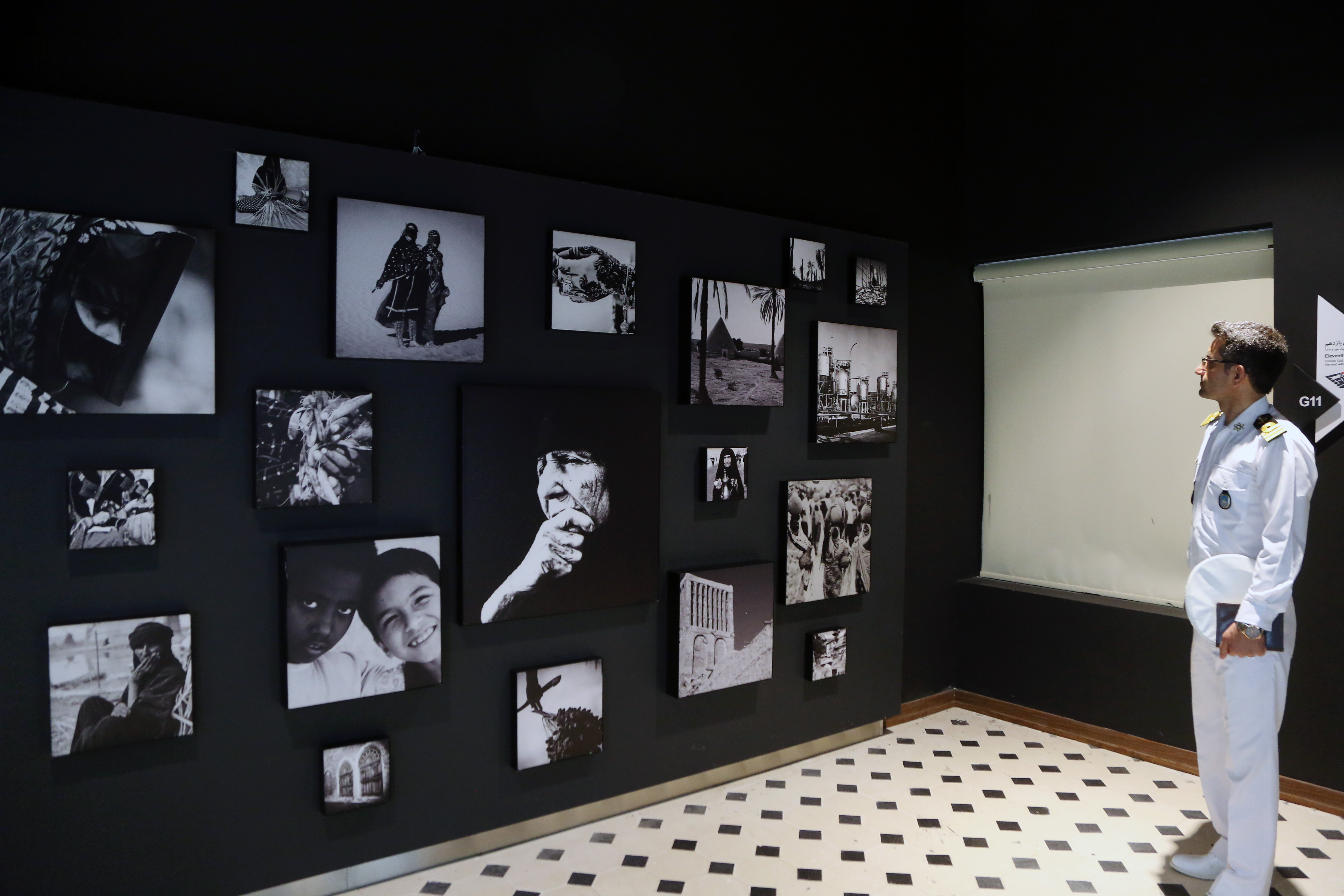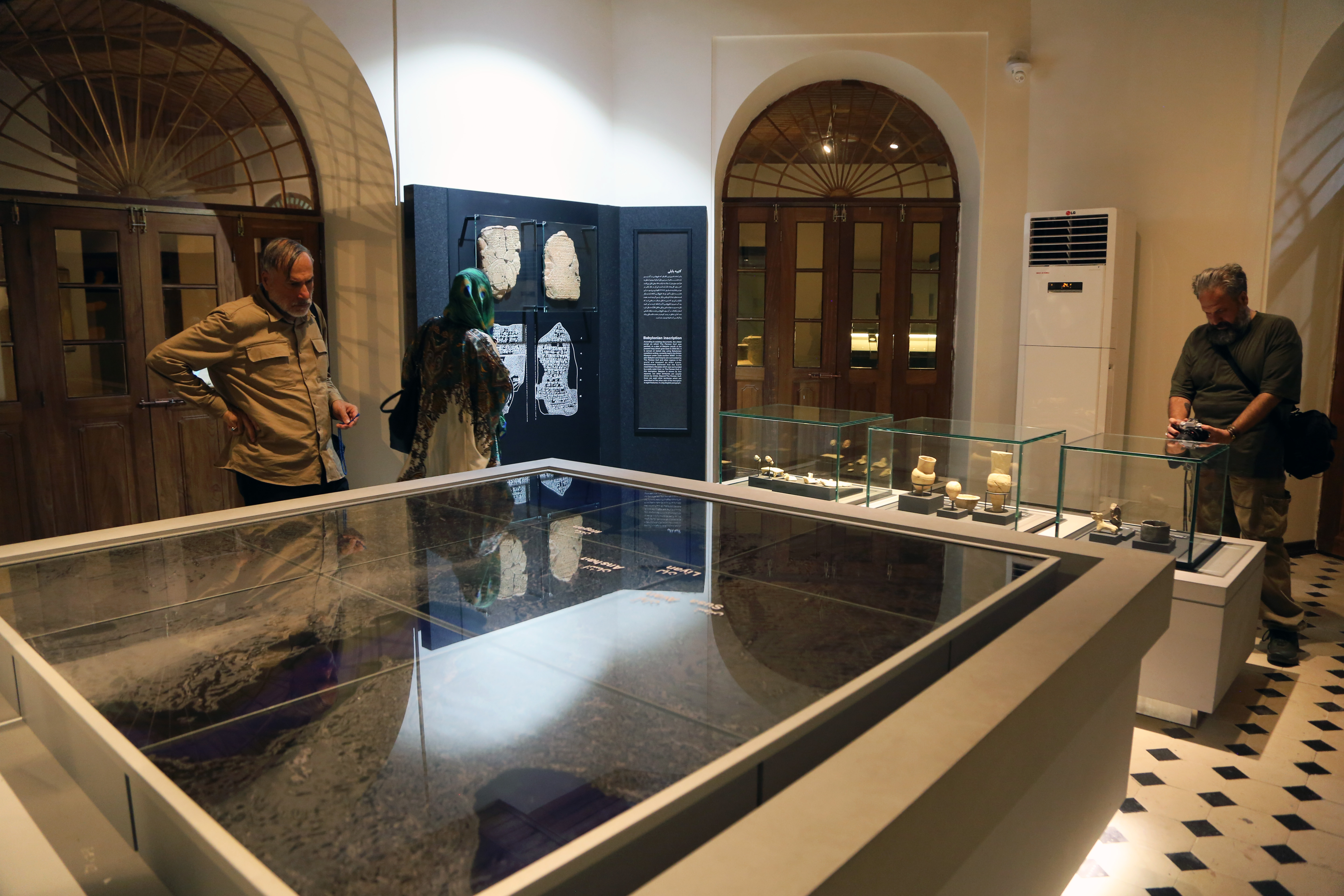Persian Gulf Regional Museum sheds light on region's history
The Persian Gulf Regional Museum in Bushehr, Iran, opened on the 42nd anniversary of the 1979 revolution, becoming the largest museum in southern Iran and showcasing the region's diverse history shaped by various civilizations

The Persian Gulf Regional Museum in Bushehr, Iran, situated on the shores of the Persian Gulf, has a rich history marked by the presence of various civilizations over time. It has witnessed numerous struggles for dominance in recent centuries.
Recently, the museum made headlines as it officially opened its doors on the 42nd anniversary of the 1979 revolution in Iran. This museum holds the distinction of being the largest museum in southern Iran. It is located in the Sebzabad district of Bushehr Port.

The museum, which was first designed as a maritime museum in 2008, exhibits warships, military boats, submarines, and naval vessels equipped with military equipment used during the Iran-Iraq war. It also includes the 110-year-old Persepolis ship, known as Iran's first warship and a gift from Germany to Nasseruddin Shah Qajar.
The museum underwent significant changes in 2021, when it was expanded and reimagined as a regional museum. This transformation involved the inclusion of artifacts that showcase the rich history and culture of the region. These artifacts are now exhibited alongside military equipment within the historic Kolah Ferengi Mansion. This mansion, known for its historical significance as the summer residence of the former British Consulate and later as the permanent headquarters of the British Consulate General, adds to the museum's allure and narrative.

The mansion, which is used as the indoor area of the museum, belonged to the British government until the end of World War II and was later transferred to the Iranian government and the Iranian navy in 1946.

The museum is built on 8 hectares of land and has a closed area of 3,200 square meters. It also has 13 exhibition halls where hundreds of historical artifacts are exhibited.
Galleries at the Persian Gulf Regional Museum in Bushehr, Iran, showcase a wide range of naval equipment.

On the other hand, cuneiform tablets and stones from the Elam civilization that existed in the region in 3000 B.C., ancient kitchen and ornaments, small sculptures representing the dignitaries of the period, pottery, ancient cutting tools, fossils of shellfish and a 3D model of the Persian Gulf are exhibited.

Museum holds a mirror to various eras
In some sections, visitors have the opportunity to see artifacts from the history and culture of the Achaemenid, Persian, Sassanid, Seljuk, Safavid and Qajar periods, as well as art and life artifacts from the Islamic period and religious figures from ancient beliefs.
In one hall of the museum, there are local musical instruments, clothes, 20th-century photographs depicting the daily lives of the region's people, and a collection of stamps specially printed for the Persian Gulf.

Director of the Persian Gulf Regional Museum Galya Hakperest told Anadolu Agency correspondent that the museum building is 160 years old and dates back to the reign of Nasiruddin Shah Qajar.
Hakperest stated that the museum consists of 13 galleries, each exhibiting artifacts from different periods in the Persian Gulf.
Hakperest stated that the artifacts exhibited in the museum reflect the art, culture, history and life of the periods they belong to.
Hakperest stated that artifacts from three different civilizations are exhibited in one gallery. The museum houses artifacts from the Elamite, Achaemenid, Suluki, Ashkani, Sassanid, and Islamic periods.
Hakperest added that the galleries on the museum's second floor include artifacts from the modern period, reflecting the culture, music and art of the southern region of Iran and the life of the local people, as well as the period after the discovery of oil in the region.
Source: Newsroom






